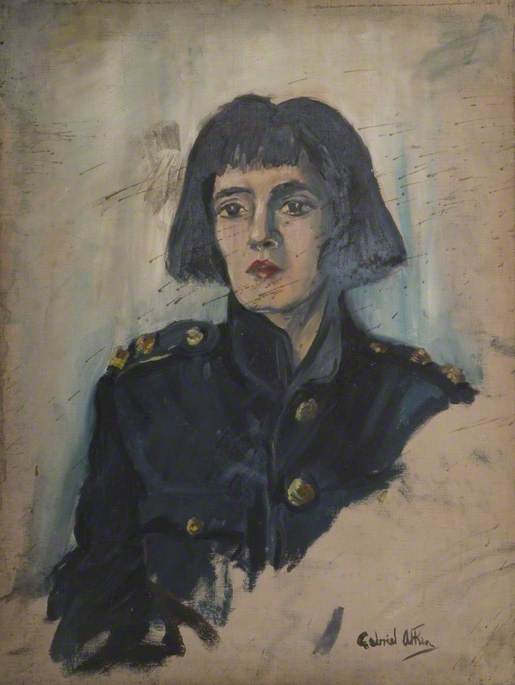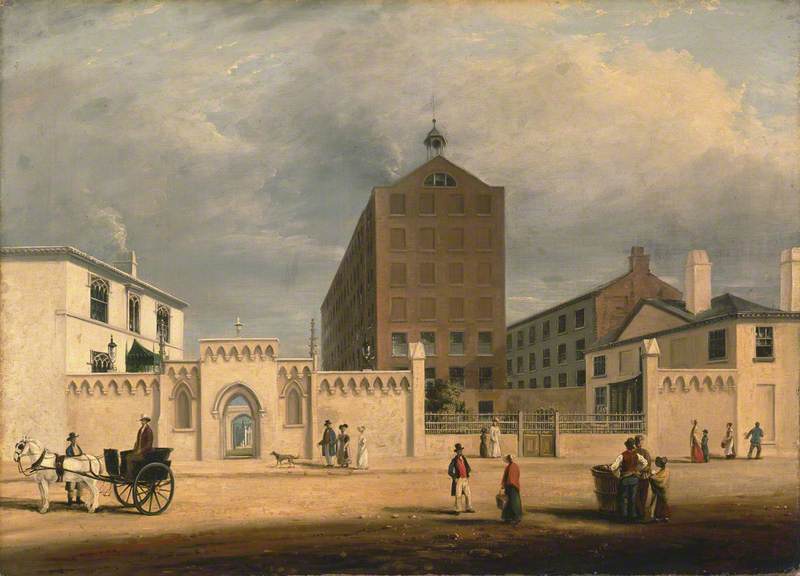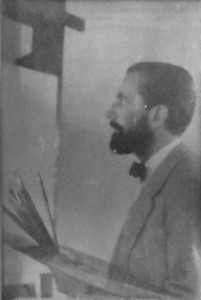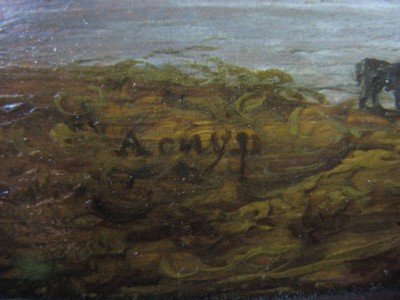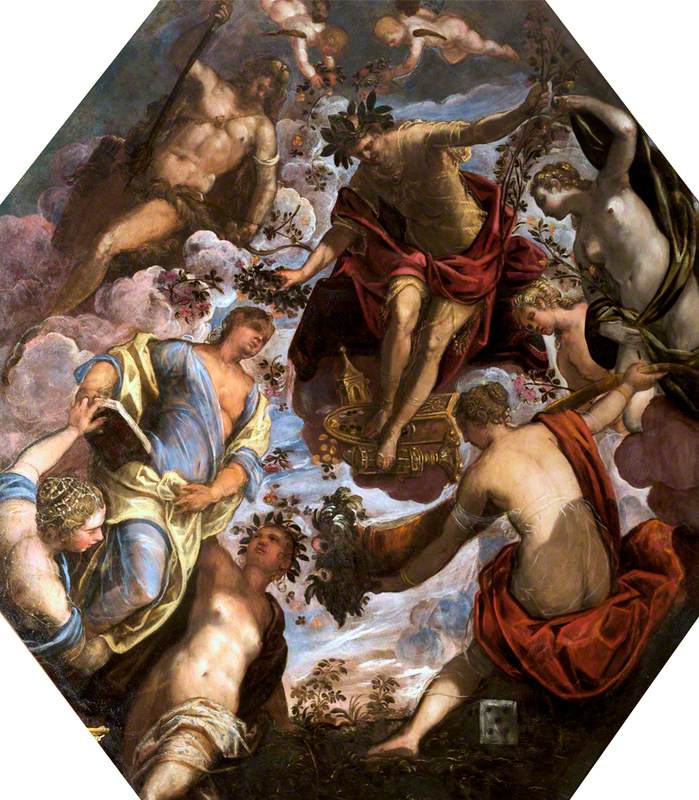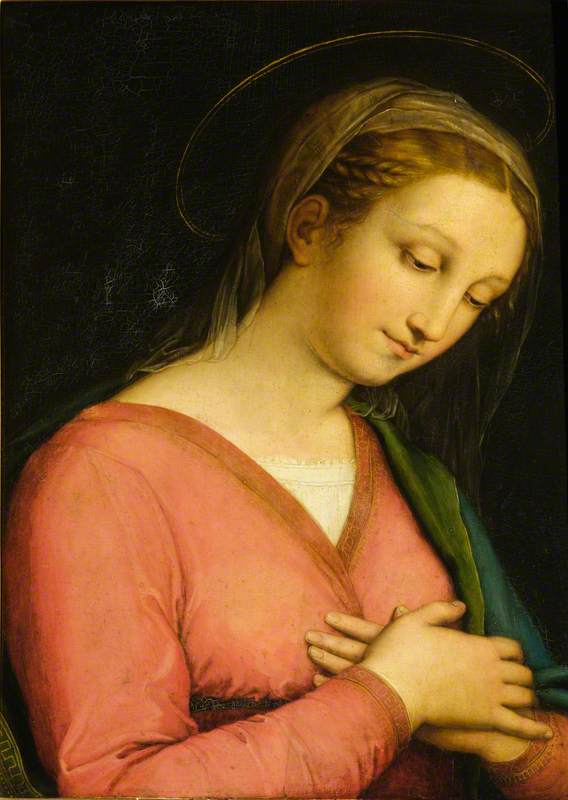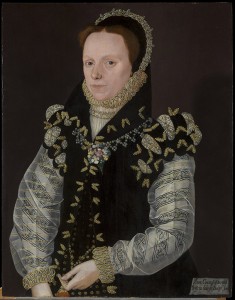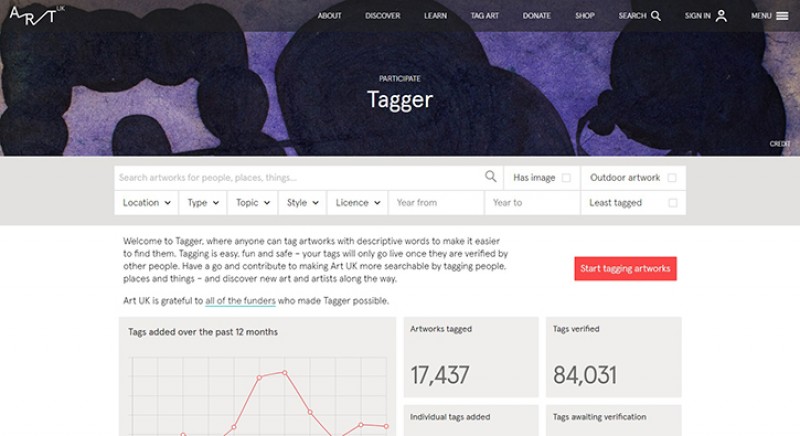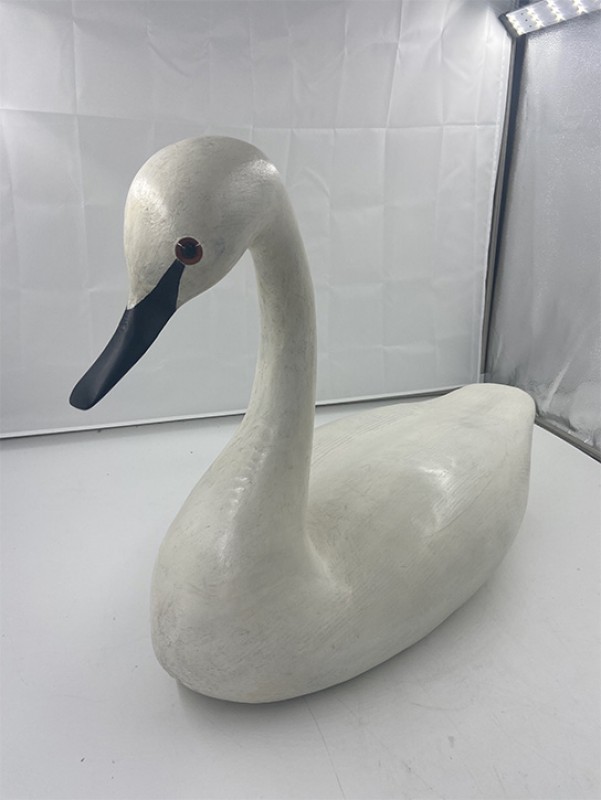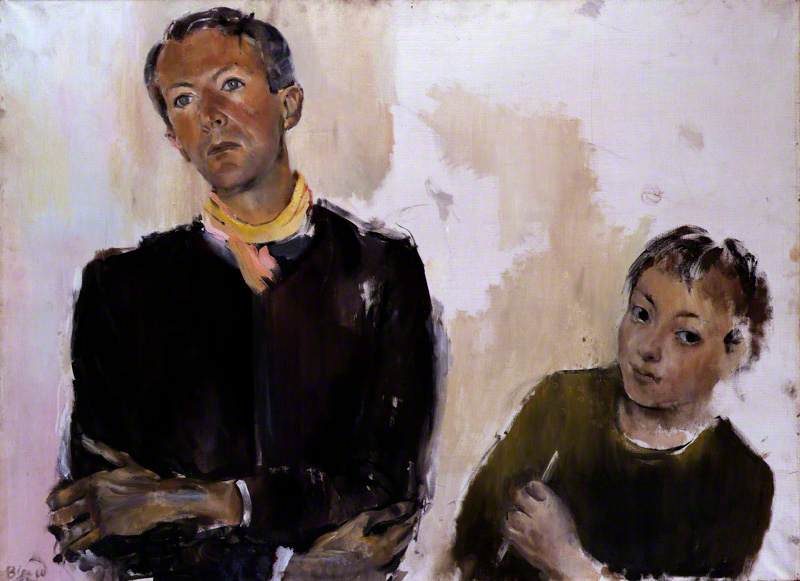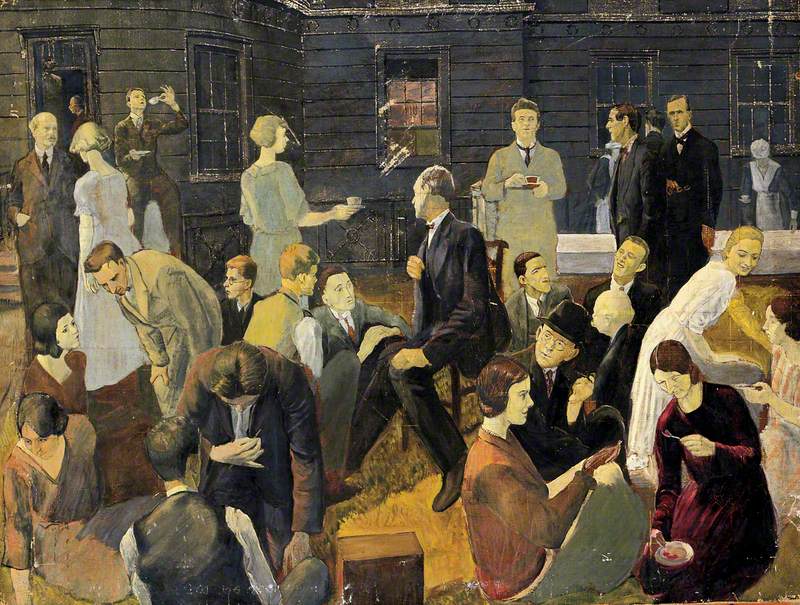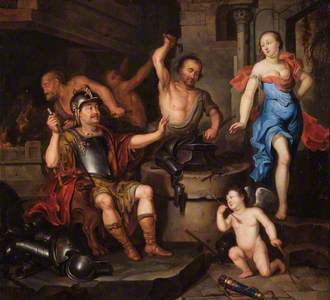Is this watercolour by J. M. W. Turner?
Who is this lady in a black dress with a cameo on a red ribbon, and who painted her?
Is this a portrait of Daphne du Maurier?
These are just some of the hundreds of questions posed by members of the public, art experts, genealogists and others on Art UK’s ground-breaking, free-to-use Art Detective website in the three years since its launch.
Designed to help Britain’s art galleries and museums understand more about artworks within their collections, Art Detective has grown to become a much-loved, award-winning digital network for Old Master specialists and local history enthusiasts alike.
Since being established in 2014, Art Detective has facilitated over 300 public discussions about oil paintings held in art collections and museums throughout Britain. These discussions have led to over 100 discoveries about individual pieces and the artists who made them, thus helping collections put names to unidentified sitters, places and events, while also shining a light on the unknown artists behind certain works.
Big discoveries include the attribution of The Forge of Vulcan (a large painting owned by Abingdon Town Council) to Dutch Golden Age artist Ary de Vois and revealing the identity of the Royal Free Hospital’s portrait of a somewhat brooding, well-dressed man as handsome rheumatologist, Charles Brehmer Heald. Art Detectives have also worked to attribute a painting of Ancient Greek scientist Heraclitus in Museums Sheffield’s collection to the rarely catalogued Dutch painter Johannes Moreelse and identified Margate in the Time of Turner from Kirklees Museum and Galleries as one of Walter Sickert’s ‘echoes’ inspired by a print in an 1852 edition of Leisure Hour magazine.
A particularly heart-rending find was the discovery that the sitter for a portrait of a previously unknown First World War officer was, in fact, Second Lieutenant Paul Chancourt Girardot and that the painter was his own mother, Mary.
Second Lieutenant Paul Chancourt Girardot (1895–1914), 1st Bn OBLI
c.1916–1918
Mary Jane Girardot (c.1863–1933) (attributed to) 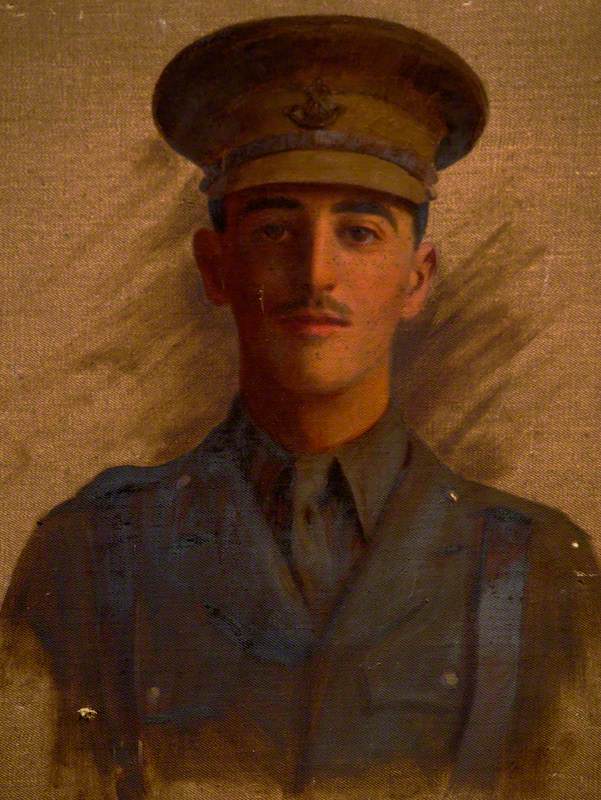
Simply titled Unknown First World War Officer and attributed to an unknown artist, Carmarthenshire Museums Service was able to properly title the painting and name the painter when Martin Gillot, a public user of Art Detective, contacted the website with a wonderful discovery. He had found the obituary of the sitter with a photograph, identifying him as Second Lieutenant Paul Chancourt Girardot (1895–1914), 1st Bn OBLI. When BBC Wales featured the story, another member of the public got in touch, explaining that Paul’s mother was an artist and originally from Trevaughan, Carmarthen. The collection then looked for a signature and on the reverse of the work they found ‘Girardot.’
Art Detective Group Leader and star of BBC TV’s Fake or Fortune, Dr Bendor Grosvenor, says: “Because Art Detective is open to all, and allows amateur and professionals alike to try and solve the nation’s art historical mysteries, it has led to some truly extraordinary breakthroughs. My favourite so far was the discovery by Martin Gillot. Suddenly, a painting that nobody paid much attention to became an item of heart-rending sensitivity. I encourage everyone to have a look at the site, and see if they too can help bring some of the UK’s unknown paintings back to life.”
The wide variety of discoveries made on Art Detective is in part due to the broad public involvement it attracts. If contributors do not have a background in art history they often have other areas of knowledge and expertise, such as genealogy, local history or topography. For instance, Art Detectives used a mixture of maps, local knowledge, other paintings and historic postcards to identify three previously unidentified views by the prolific maritime artist John Everett, helping to improve the National Maritime Museum's records of 22 more works in its Everett collection.
Manchester Art Gallery says: 'We have found Art Detective a fantastic tool that has resulted in some amazing discoveries and ultimately a complete set of collection information. The Art Detective experts have access to sources of information that gallery staff, unfortunately, don't have time to research and
Osmund Bullock, a regular Art Detective contributor says: 'If you love art and you love research, Art Detective is a fantastic place for harnessing your brainpower to answer questions about our nation's art heritage. In the last three years, nothing has given me more pleasure – and often excitement – than the challenge of digging out lost knowledge. And it's not just a place for professionals; while expertise and experience are hugely valuable, I have no fine art qualifications whatever – in fact, much of my artistic knowledge and research skills have been learned from others right here on Art Detective. What you do need is a bit of time, bags of enthusiasm and an appetite for delving deeply into the mass of information now available online for some of those elusive answers.'
Such has been the impact of Art Detective that in 2015, the project received the internationally recognised Museums and the Web 'Best of the Web' award (past overall winners include the Brooklyn Museum and the Rijksmuseum), making Art Detective the first British project to have been awarded the accolade.
Currently, there are over 100 ongoing Art Detective discussions as contributors seek to identify an unidentified mill scene, learn the identity of this sculptor and work out whether a mythological scene features Zeus or Bacchus.
Edward Stone, Art UK Project Editor
